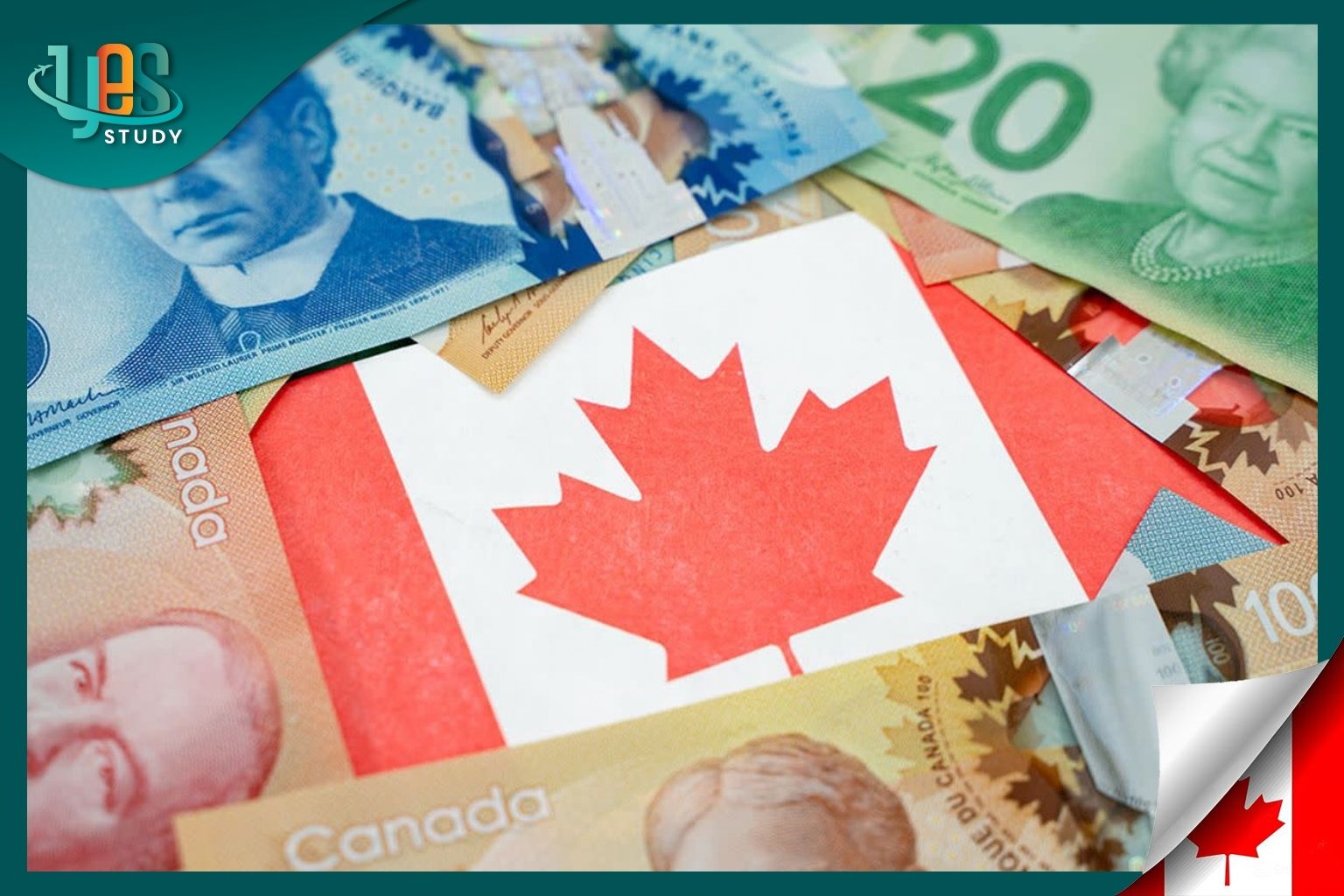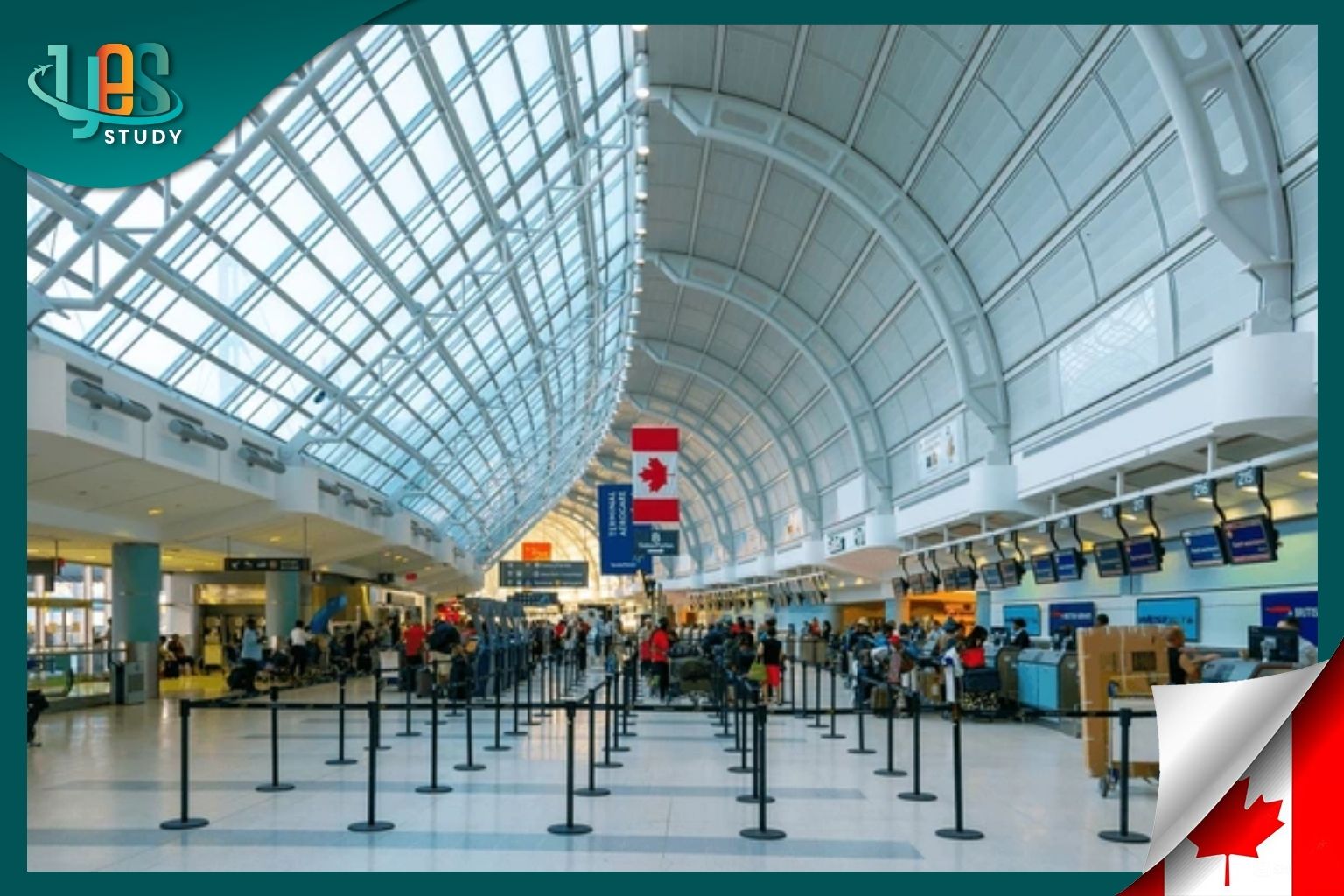The Canadian Passport
The Canadian passport is more than just a travel document. It’s a symbol of freedom, security, and one of the most powerful passports in the world. Obtaining it is the most rewarding achievement, the final chapter in your dedicated journey of studying and settling in Canada. This article will explain what a Canadian passport entails and outline a clear path for you to get your hands on this prestigious document.
Overview of Visa-Free Countries for Canadian Passport Holders
Latest Update on Canada’s Global Passport Ranking
At the beginning of 2025, the Canadian passport ranked 7th globally according to the Henley Passport Index, allowing visa-free travel to 188 countries and territories. Canada shared this position with Malta and Poland. This marked the first time the Canadian passport surpassed the U.S. passport since the index was first published in 2006. The United States fell to 9th place with visa-free access to 182 countries.
However, in an update later in mid-2025, the Canadian passport saw a slight dip, falling to 8th place globally with visa-free access to 184 countries. Canada now shares this rank with Estonia and the United Arab Emirates, while the U.S. stands at 10th place. This shift reflects changes in international visa policies and a general trend over the past decade.
Despite the minor change in ranking and the number of accessible countries, the Canadian passport remains one of the top 10 most powerful in the world. It offers significant advantages for international travel without the need for a pre-arranged visa, facilitating global business, tourism, and education.
Countries Offering Visa-Free Access to Canadian Passport Holders
In 2025, Canadian citizens can enjoy visa-free or easy-entry access to 184 countries and territories. Here is a detailed list:
- Albania, Andorra, Angola, Anguilla, Antigua and Barbuda
- Argentina, Aruba, Austria, Bahamas, Barbados, Belarus, Belgium, Belize, Bermuda, Bolivia
- Bonaire, St. Eustatius and Saba, Bosnia and Herzegovina, Botswana, Brazil, British Virgin Islands
- Brunei, Bulgaria, Cape Verde, Cayman Islands, Chile, Colombia, Cook Islands, Costa Rica, Croatia, Curacao
- Cyprus, Czech Republic, Denmark, Dominica, Dominican Republic, Ecuador, El Salvador, Estonia, Eswatini
- Falkland Islands, Faroe Islands, Fiji, Finland, France, French Guiana, French Polynesia, French West Indies
- Gambia, Georgia, Germany, Gibraltar, Greece, Greenland, Grenada, Guam, Guatemala, Guyana
- Haiti, Honduras, Hong Kong, Hungary, Iceland, Ireland, Israel, Italy, Jamaica, Japan
- Kosovo, Latvia, Liechtenstein, Lithuania, Luxembourg, Malaysia, Malta, Mauritius, Mayotte, Moldova
- Monaco, Montenegro, Montserrat, Morocco, Mozambique, Netherlands, New Caledonia, Nicaragua, North Macedonia
- Northern Mariana Islands, Norway, Poland, Portugal, Réunion, Romania, San Marino, St. Kitts and Nevis
- St. Maarten, Senegal, Serbia, Slovakia, Slovenia, South Africa, Spain, Sweden, Switzerland, Taiwan
- Turks and Caicos Islands, Ukraine, Uruguay, Vatican City, Zambia, and many more.
The length of visa-free stay varies by country, commonly ranging from 30 to 90 days, with some allowing up to 180 days.
You can find detailed and comprehensive lists on reputable sites such as the Passport Index or the Henley Passport Index.
The Power of Holding a Canadian Passport
Beyond the freedom to travel, becoming a Canadian citizen grants you the highest privileges that a Permanent Resident does not have:
- Full Political Participation: This includes the right to vote to shape the country’s future, the right to run for public office, and the right to hold a Canadian passport.
- Unlimited Employment Opportunities: You can apply for any job, including high-security government positions that are inaccessible to permanent residents.
- Complete Social Benefits and Security: You will enjoy full social benefits without worrying about maintaining your residency status and cannot be deported.
- Consular Protection: More importantly, you are protected by the Canadian government anywhere in the world – an invaluable guarantee of safety.
The Pathway to Owning a Canadian Passport
Step 1: Become a Permanent Resident (PR)
First, you must obtain Permanent Resident status through one of Canada’s immigration programs. The most common pathways for international students and workers include:
- Post-Graduation Path: Graduate from a designated learning institution, apply for a Post-Graduation Work Permit (PGWP), gain work experience, and then apply for permanent residency.
- Skilled Worker Programs: Options like Express Entry and Provincial Nominee Programs (PNPs) are designed for skilled workers with relevant experience.
- Investor/Entrepreneur Streams: These are for investors or business owners who can contribute to Canada’s economy.
Step 2: Meet the Citizenship Requirements
Once you are a Permanent Resident, you need to meet the following conditions to be eligible to apply for citizenship:
- Physical Presence: You must have been physically present in Canada for at least 1,095 days (3 years) during the 5 years immediately before you apply.
- Tax Filing: You must have filed personal income taxes for at least 3 of the 5 years.
- Knowledge and Language: You must pass a citizenship test on Canadian history, geography, and politics, and prove adequate knowledge of either English or French.
Step 3: Apply for Your Passport
After you have taken the Oath of Citizenship and officially become a Canadian citizen, the final step is to apply for a passport. This is a relatively straightforward administrative process. Once completed, you will officially hold one of the most powerful passports in the world.
Frequently Asked Questions (FAQs)
Does Canada allow dual citizenship?
Yes, Canada recognizes dual citizenship. This means you can be a citizen of both Canada and your home country (e.g., Vietnam) without any issues from the Canadian government.
How long does it take to get citizenship after becoming a PR?
Theoretically, you need to live in Canada as a Permanent Resident for a minimum of 3 years (1,095 days). Including the processing time for the citizenship application, the entire process can take approximately 4-5 years from the time you become a PR.
Is the Canadian citizenship test difficult?
The test consists of multiple-choice questions about Canadian history, geography, politics, and citizens’ rights. The Canadian government provides an official study guide called “Discover Canada.” If you study this material thoroughly, you can feel confident about passing the test.
Yes Study – Your Canada Immigration and Study Abroad Consultants
Obtaining a powerful Canadian passport is the culmination of a well-planned, long-term journey. That journey doesn’t start when you apply for citizenship; it begins with your very first step – a solid plan for studying or immigrating to Canada.
At Yes Study, we don’t just help you get to Canada; we help you map out the path to your final destination. We will be with you every step of the way, from choosing a school and applying for a student visa to gaining work experience and qualifying for citizenship.
To build a strategic pathway to your Canadian passport, contact our experts today for a free consultation!

Latest news

How to Transfer Money from Vietnam to Canada: 4 Safe and Legal Methods

The Cost of Traveling to Canada: A Detailed Budget Guide

Flying to Canada: Where Are the Layover Stops?

The Canadian Passport

What is NOC Canada? A Guide to Canada’s Immigration Occupation List
